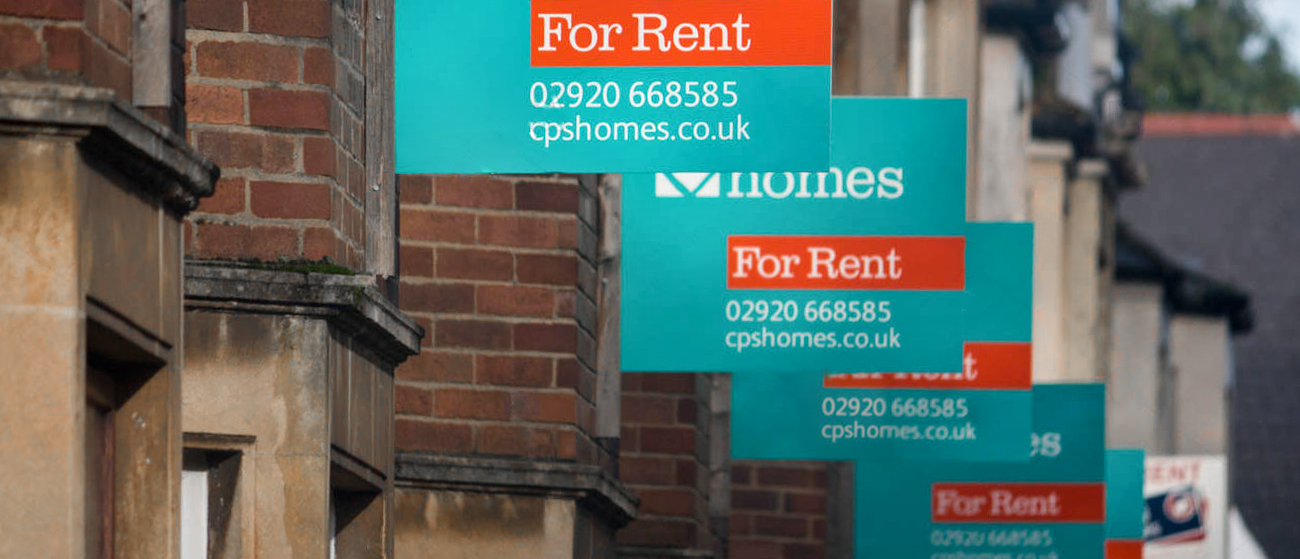
Rental yield or capital growth?
 There are two ways in which investors make money through buy-to-let properties; via a property’s rental yield or via its capital growth. Some rely solely on one or the other, but others can be lucky enough to benefit from both.
There are two ways in which investors make money through buy-to-let properties; via a property’s rental yield or via its capital growth. Some rely solely on one or the other, but others can be lucky enough to benefit from both.
Those who favour capital growth say it’s the quickest way to build a fortune because their net worth grows at the same time as increasing property values, whereas those who opt to make their money from rental yields believe that’s the better option because they’re assured of a positive cash-flow from the outset.
Investors focused on capital growth typically need a considerable amount of cash in order to maintain their properties because the loan repayments can be far more than the income they’re receiving from rent. Those who prefer rental yields, however, will often say their properties earn them more than they cost to own, and “cash-flow is king” if they’re to continue adding to their portfolio.
Deciding which route to take comes down to personal preference and circumstance, so there’s no right or wrong answer, but whatever your end goal, there’s no doubt there are many different ways to make money from property investment.
Rental yield
When investors first look at getting into the buy-to-let game, they look for properties producing as high a rental yield as possible. Whether it’s a house, flat or apartment, every property’s rental yield depends on a variety of different factors; its type, where it’s located and how appealing it is to prospective tenants, to name just some. Knowing your market is extremely important.
Put simply, the rental yield is the return on the capital invested – shown as a percentage. In Cardiff, a good return is considered to be around 6% - which can be compared to alternative investment avenues that are available, such as interest from savings in a bank account. However, you don’t benefit from capital growth with a savings account, nor the effects of inflation of any monies borrowed to help purchase the property, which are two of many reasons why people regard property as a far better investment option.
To help you decide which type of property to invest in, it’s a good idea to calculate the potential rental yield on a selection of properties across a few different markets – or visit our helpful guide on the different types of Cardiff lets.
Calculating gross rental yield
The gross rental yield is a simple calculation, but it’s important to bear in mind that it doesn’t take into account expenses such as mortgage interest, maintenance costs, insurance and agent fees.

Formula
Example 1
Purchase price:£205,000
Gross yearly rental income:£14,000
Gross rental yield:6.8%
Example 2
Purchase price:£160,000
Gross yearly rental income:£8,500
Gross rental yield:5.3%
The calculation is as follows:
Gross yearly rental income ÷ purchase price × 100 = gross rental yield as a percentage.
Calculating net rental yield
Working out the net rental yield is a far more accurate calculation of what you stand to earn as it accounts for the net annual rental income – which has already had mortgage interest payments, maintenance costs, insurance and agent fees subtracted from it – rather than the gross annual rent income.

Formula
As well as the aforementioned costs, calculating the potential net income of a property depends on a variety of different assumptions concerning rent, vacant/void periods, interest rates etc, so it’s always worth looking at a property’s rental yield within several different scenarios. You may find that the net rental yield works out as less than the cost of your mortgage, resulting in a shortfall. However, if you’ve bought well, such is the strength of the lettings market and the demand for properties in the private rented sector, you can expect to see the rental income increase over time.
Capital growth
When a property’s value increases over time, it’s known as ‘capital growth’. Capital growth occurs when the property’s current value exceeds the original purchase price, but a capital loss occurs when the current value is lower than the purchase price.
Property values are, of course, affected by both current market conditions (usually influenced by the current economic state in general) and anything significant to have happened locally.
Investors who purchase properties for their capital growth typically aim for an annual increase in value of 7-10%, combined with a rental yield of 2-5%. They’re bought with the confidence that there will be big increases in market value, meaning they can be sold for a significant profit or used as equity to buy additional buy-to-let properties. Flats and houses geared towards capital growth are generally more expensive to buy in comparison to properties that are cash-flow positive, and they’re usually found in cities or areas where there is strong demand from buyers.

Investors who purchase properties for their capital growth typically aim for an annual increase in value of 7-10%, combined with a rental yield of 2-5%.
A capital growth buyer’s worst nightmare is that a substantial rise in interest rates means they suddenly can’t afford to keep it due to the significant contributions they have to make towards the ongoing cost of the property. This is where financial forecasting takes on utmost importance, and it’s advisable for investors to include a buffer in their calculations in order to safeguard against increased costs.
Finally, it’s important to be aware of Capital Gains Tax (CGT), which is payable at the appropriate rate when selling a property that has increased in value. It’s based on the gain made, rather than the amount of money received.
Gearing
If you’ve ever wondered how some landlords acquire such large property portfolios, they’re probably doing it through a process called gearing.
Even if you have enough capital to purchase a buy-to-let property outright, you should consider borrowing to fund part of the purchase. Using a buy-to-let mortgage to support an investment can make a substantial difference to your return. The mortgage interest is an allowable expense to set against your tax bill, so it’s often financially better to have a loan on the property, especially for higher taxpayers.
In a rising property market, investors regularly re-mortgage their properties to raise enough capital to put down a deposit on another one, so on and so forth. With property market typically rising year-on-year, it’s not hard to see how quickly a landlord may acquire a portfolio of 20+ properties.

A cash purchase example
A property costs £100,000 (capital invested)
It produces rent of £650 per month (£7,800 per annum)
Costs (letting agent fees, maintenance) are £125 per month (£1,500 per annum)
The net income return per annum is £6,300 (£7,800 less £1,500)
The net rental yield is £6,300 divided by £100,000, multiplied by 100 = 6.3%
Now consider the effect of borrowing money to support the deal;

A gearing example
A property costs £100,000, financed by a £75,000 mortgage and £25,000 invested capital (the deposit)
The rent is £650 per month (£7,800 per annum)
The mortgage is paid interest only and the rate is 4%
Costs (letting agent fees, maintenance) are £125 per month (£1,500 per annum)
Mortgage interest of £3,000 per annum
The net income return per annum is £3,300 (£7,800 less £1,500 and £3,000)
The return on your investment is therefore your net income divided by your invested capital, so £3,300 divided by £25,000, multiplied by 100 = 13.2%
In summary, gearing allows investors to stretch their available capital and purchase further investment properties. These options very much depend on a person’s views and attitudes, and whether their objective is for maximum income or maximum capital growth over a set period of time.
Mortgages
There are many different types of mortgages available – and even more mortgage providers. Our helpful Mortgages Guide is a useful read, or alternatively call us on 02920 668585 for free, personalised advice on what will suit you and your circumstances best.
To find out how we can help you, e-mail us via enquiries@cpshomes.co.uk or give us a call on 02920 668585. Alternatively, if you fancy calling in for a face-to-face chat, we'd love to see you.
